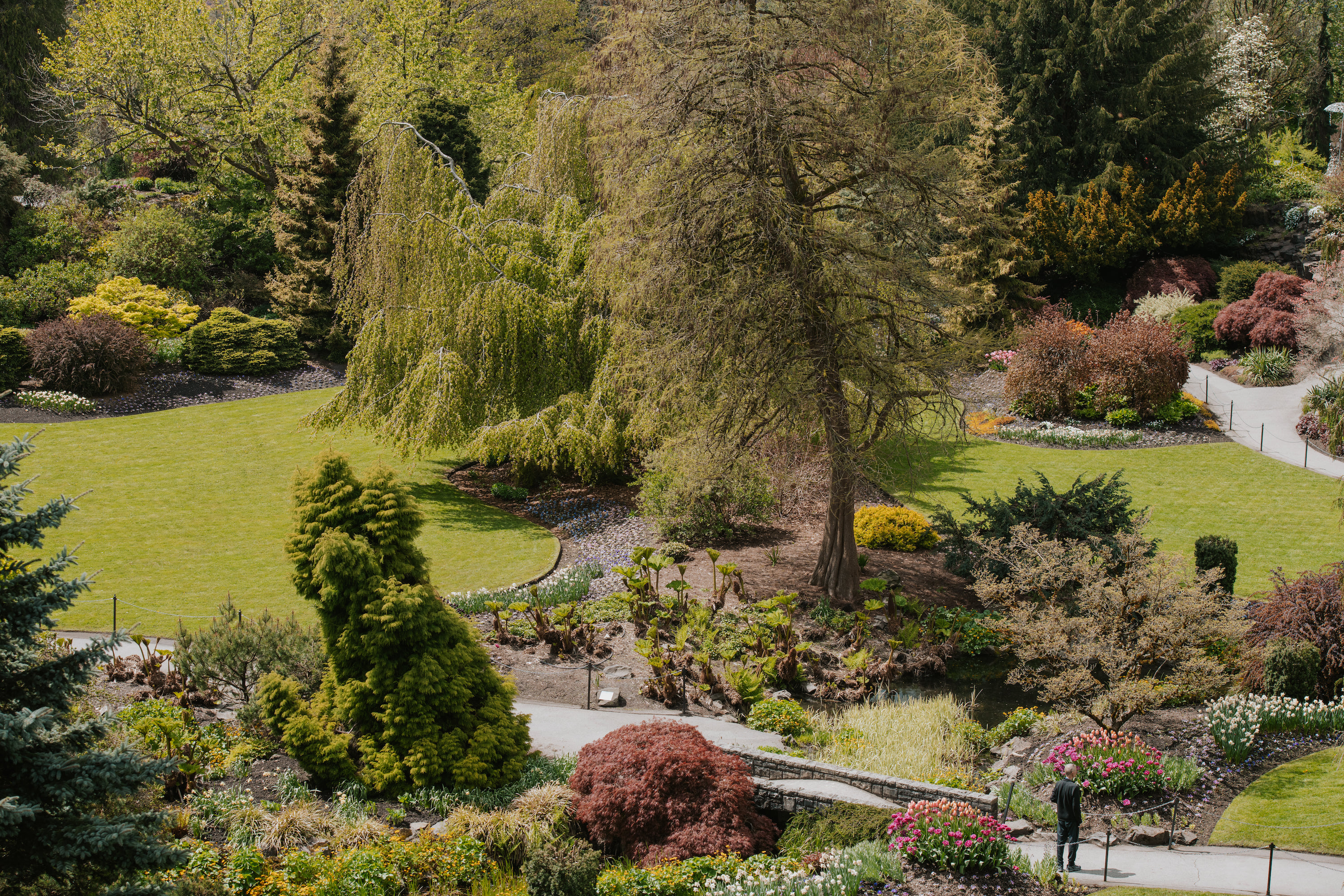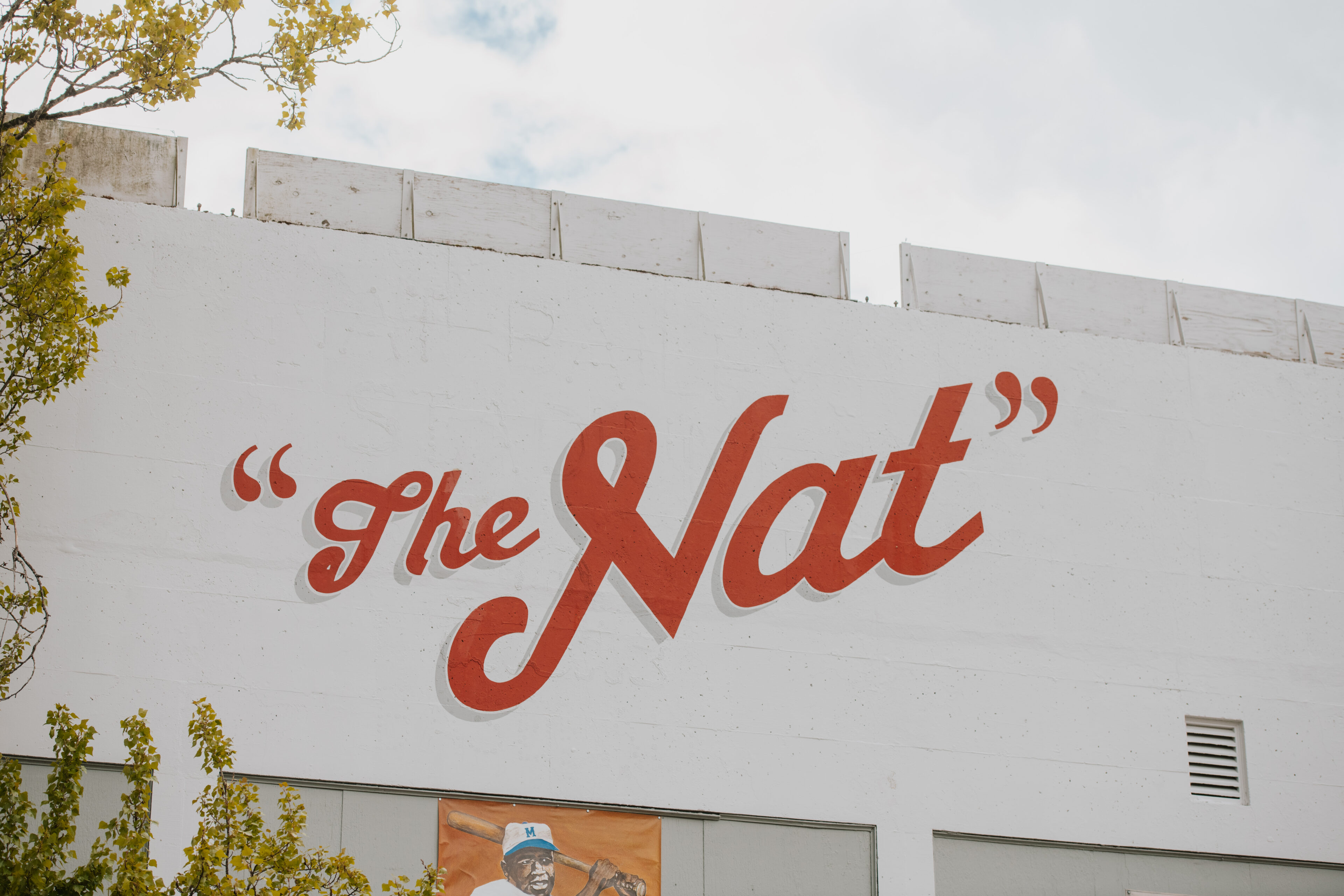The Magic of Queen Elizabeth Park
Jul 20th, 2023
Last month we wrote about the charming history of Nat Bailey Stadium, and this month we wander through Queen Elizabeth Park’s leafy past and present. Both destinations are only a short walk away from our homes at Bailey — we’re so excited that homeowners will experience two of Vancouver’s favourite places in their backyard.
Contrary to what many believe, Queen Elizabeth Park isn’t named after the most recent monarch — its namesake is the Queen Mother, wife of King George VI. The park was officially named following a visit by her and her husband in 1939.
But let’s go back in time a little farther. The land was originally owned by Canadian Pacific Railway, where they quarried basalt rock from 1890 to 1911. That rock is the foundation for many of South Vancouver and Shaughnessy’s roads. Once quarrying phased out, CPR offered to sell the site to the City in 1919, but the City couldn’t afford to buy the land until 1929.
It took decades for the park to be fully landscaped. In 1951, Queen Elizabeth II, then a princess, planted an oak tree, which is still there today. And in 1954, a time capsule was buried beneath Centuries Rock with instructions to open it in 2054. It wasn’t until the 1960s that the park was completed — which is also when Bloedel Conservatory, steamy with exotic plants, opened.
Today, there are around 1,500 trees throughout the 130-acre park — in fact, Queen Elizabeth Park is the scene of Canada’s first civic arboretum. You’ll come upon Western red cedars, Douglas firs, Japanese cherry trees, and European beeches.
Amongst the trees, plants, and flowers, you’ll find pitch & putt, lawn bowling, tennis and basketball courts, sculptures, water features, an off-leash dog area, and more. There’s even a restaurant — Seasons in the Park has stunning views across Vancouver.
There’s a lot to love about your neighbourhood when you live in a home at Bailey. Come by our Presentation Centre to say hello.
Back

